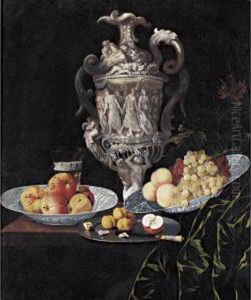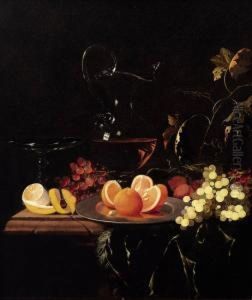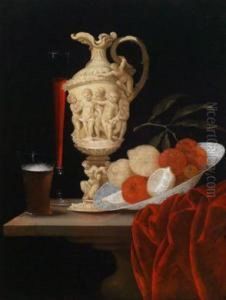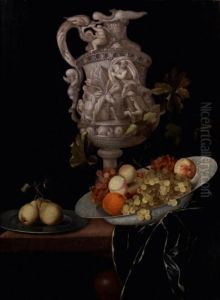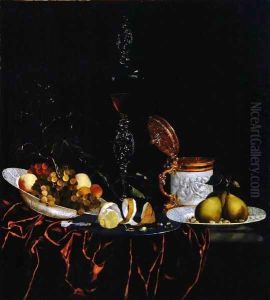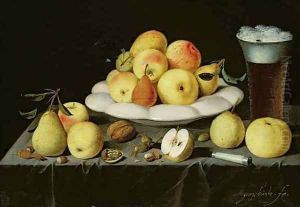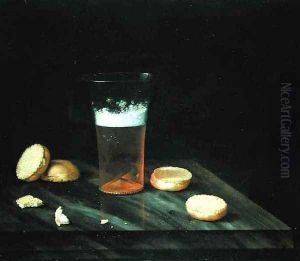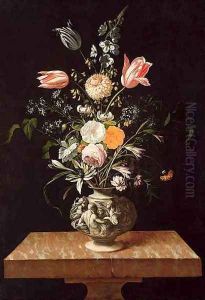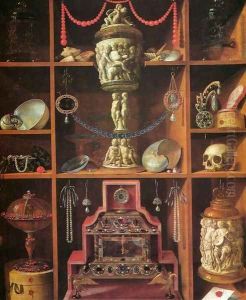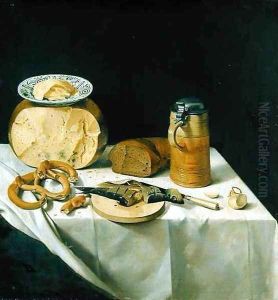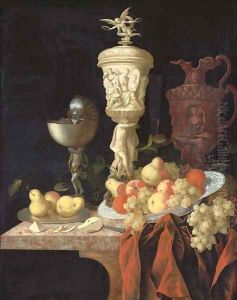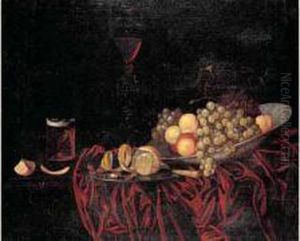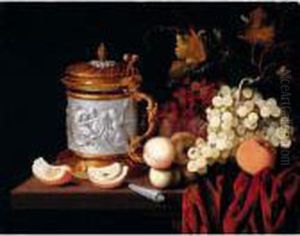-
$203.84
Johann Georg (also Hintz, Hainz, Heintz) Hinz Paintings
Johann Georg Hinz, also known as Hintz, Hainz, or Heintz, was a Baroque-era painter born in 1630 in Breslau, Silesia (modern-day Wrocław, Poland). Despite the varied spellings of his surname, Hinz is remembered for his contributions to the art world during the 17th century, a period characterized by dramatic expressiveness and grandeur. His exact date of birth is uncertain, but his artistic presence became prominent in Hamburg, where he moved later in his life.
Hinz's work is most notable for his still life compositions, which exhibit a keen attention to detail and a fascination with the material world. His paintings often depicted luxurious objects, such as goblets, musical instruments, books, and exotic fruits, all rendered with a meticulous eye that highlighted the textures and play of light on surfaces. These still lifes were not merely displays of wealth and opulence but also contained symbolic meanings and moral messages, as was common in Baroque art.
Throughout his career, Johann Georg Hinz was influenced by the Dutch still life tradition, which was known for its realistic portrayal of objects and the use of light to create depth and volume. However, he managed to infuse his work with a distinctive style that resonated with the tastes of the German aristocracy and the emerging bourgeoisie.
Hinz's reputation as an artist grew, and he became sought after by patrons who appreciated his ability to capture the essence of the objects he painted. His works were collected and admired for their beauty and the skill with which he executed them. Unfortunately, like many artists of his time, Hinz did not achieve widespread fame, and his name has not been as recognized as some of his contemporaries in the centuries that followed.
Johann Georg Hinz passed away in 1688. While his name may not be as familiar in the annals of art history as some other Baroque painters, his contributions to the still life genre continue to be appreciated by art historians and collectors. His surviving works are considered important examples of 17th-century Baroque still life painting and reflect the era's complex relationship with wealth, materiality, and the natural world.



